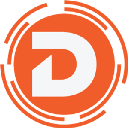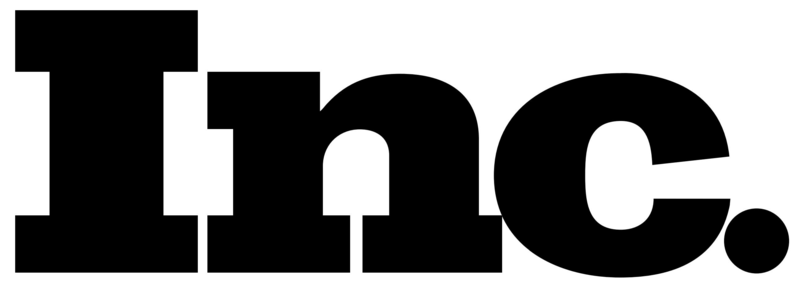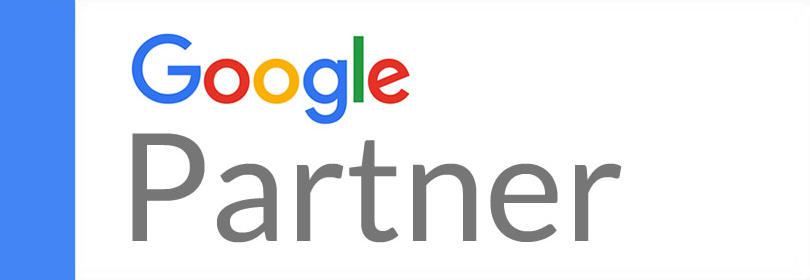Step Two Of The Inbound Marketing Methodology: Convert
- By Katie Goodwill
- •
- 20 Nov, 2018
- •
The main objective of this step is to turn visitors into leads.

Welcome back to step two of the lesson: convert. Since something has attracted you to this page, Step One of the inbound methodology must be working it’s magic.
Your time is valuable, so let’s get into the meat of why you’re here--How to convert those visitors into leads.
You’ve taken the lessons from step one of the methodology and attracted strangers by providing something valuable to them through blogs and social media posts, and made yourself easily found through integrating on page SEO throughout your posts and website.
The main objective of step two is to take those visitors, move them along the buyer’s journey, and convert them into leads. They are already interested in what you have to offer, so how do you get them to reach out to learn more?
1. LANDING PAGES
A landing page is a stand alone web page that customers are led to after clicking on a specific link. Depending on your main objective, a landing page can be a much better tool in converting customers than sending them to your home page. The reason why landing pages can have a much higher conversion, is that it eliminates the clutter of a homepage and can be created to match the specific query that a customer is interested in.
For example, we recently ran a campaign for Halloween where customers could download marketing monster coloring pages that we created, color them and enter to win an item from our shop. We included “horror” stories of marketing campaigns gone wrong for big brands, and marketed on social media that the competition was on. When a potential customer clicked the link that we provided on social media, they were sent to a separate landing page that was built specifically for the campaign. By doing this we were able to take away the extra distractions of additional content that is on a homepage and match the message that was advertised to the reader- providing them with the exact information that they came to see.
According to a study done by Microsoft, people’s attention span in 2018 is down to 8 seconds. That’s less than a goldfish! So making sure that your content is succinct, engaging and provides value to your specific audience is incredibly important.
If your content can hold the attention of this guy, you’re golden!
2. CALL TO ACTION
People don’t have the attention span to sort through the clutter to find what they are looking for, so you’ll need to make sure that you include a clear call to action.
A call to action (CTA) is used to tell the reader what action to take in order to move forward with your business. It can be anything from listing a phone number to call, an address they can visit to buy your item, an opt in for a weekly newsletter, or a contact form.
*example of a clear CTA*
3. CONTACT FORMS
A contact form is a section on a website that allows the reader to get in touch with the business. It typically includes a space for name, email address, phone number, and reason for inquiry. Here is an example of Digital Radar’s:
But you can change fields to whatever you would like, depending on what works best for your business and customers, and use a clear CTA to let readers know where they can go to contact you.
Next week we will explain how to turn those leads into buying customers.
Sign up to receive email alerts to notify you on the release of the next step of the inbound methodology.
+1-937-701-0187hello@digitalradar.agencyOhioArizona
All Rights Reserved | Digital Radar Marketing LLC.



